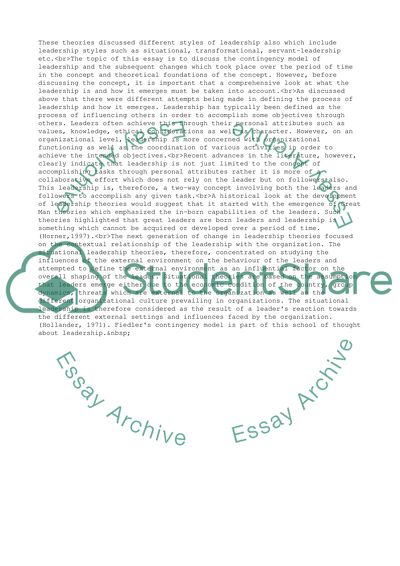Cite this document
(“Organizational Behaviour - Leadership in Organizations Case Study”, n.d.)
Organizational Behaviour - Leadership in Organizations Case Study. Retrieved from https://studentshare.org/management/1505951-organisational-behaviour-bachelor-essay
Organizational Behaviour - Leadership in Organizations Case Study. Retrieved from https://studentshare.org/management/1505951-organisational-behaviour-bachelor-essay
(Organizational Behaviour - Leadership in Organizations Case Study)
Organizational Behaviour - Leadership in Organizations Case Study. https://studentshare.org/management/1505951-organisational-behaviour-bachelor-essay.
Organizational Behaviour - Leadership in Organizations Case Study. https://studentshare.org/management/1505951-organisational-behaviour-bachelor-essay.
“Organizational Behaviour - Leadership in Organizations Case Study”, n.d. https://studentshare.org/management/1505951-organisational-behaviour-bachelor-essay.


